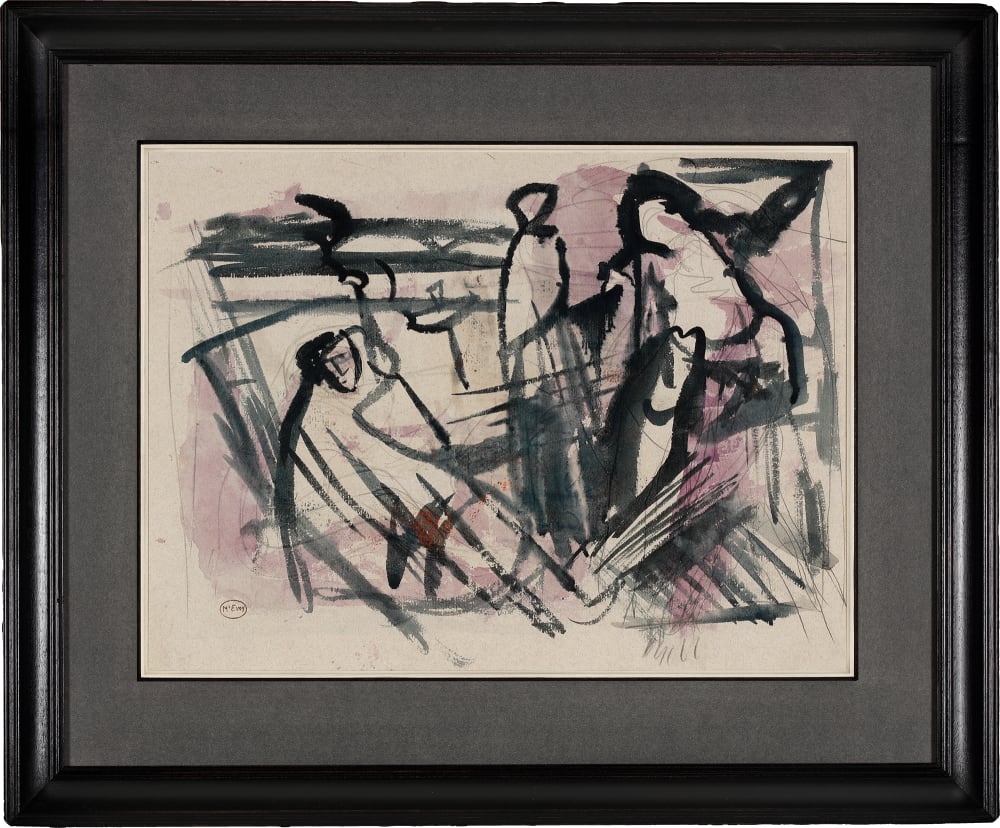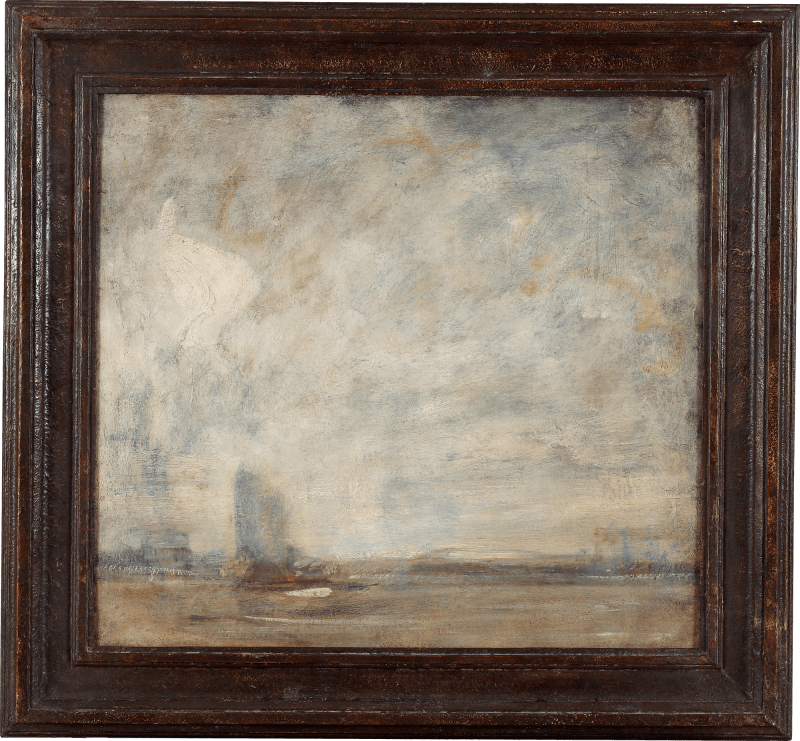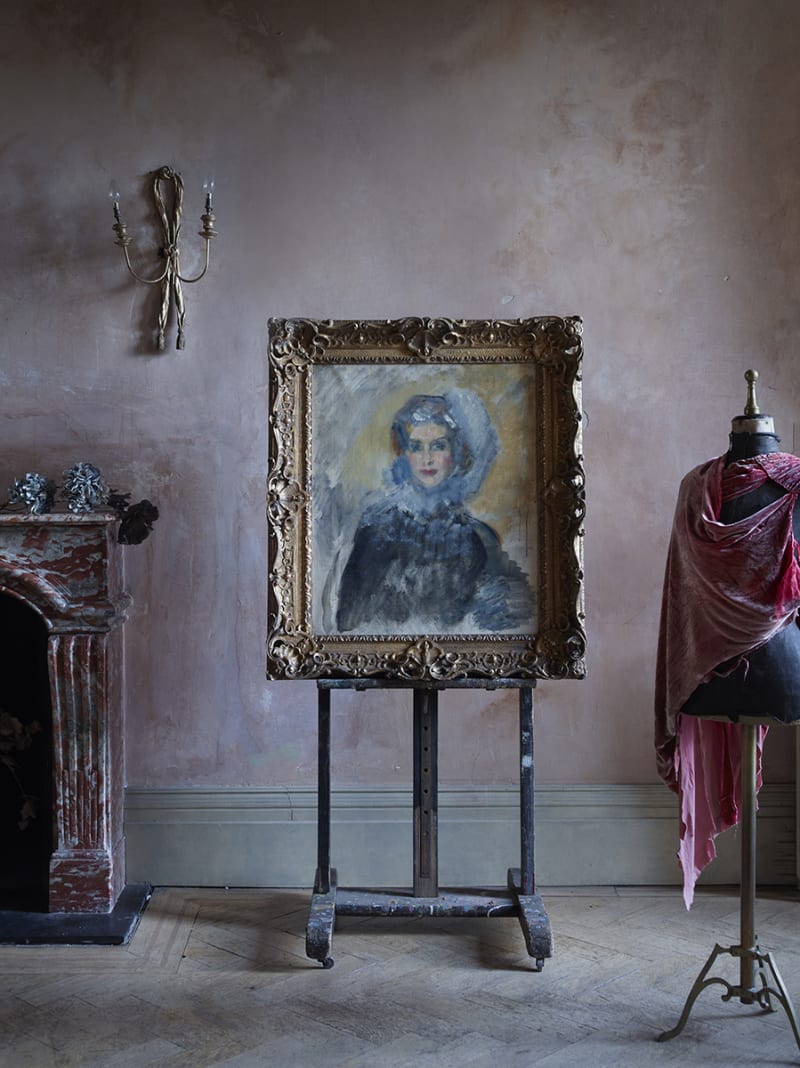In this remarkable work McEvoy’s exemplary pencil-work and draftsmanship is evident in all its usual meticulousness. Unlike many of his contemporaries, rather than viewing this mark-making process as a set of restrictive instructions to follow, he instead used them as a foundation from which to build line, form and colour as his principal means of expression.
Whilst distinct pencil outlines chart McEvoy’s initial composition of the painting, layers of pink wash add subtle depth. Linear black strokes of paint, placed rapidly on top outline abstracted figures, adding noticeable energy to the work. This daring application of paint demonstrates a valuable glimpse into McEvoy’s working methods.
This study for a composition was most likely undertaken sometime after 1910 when McEvoy’s style of painting was beginning to loosen and probably before 1915, when, following the successful exhibition of Madame¸ he turned his attention to portrait painting.
In this remarkable work McEvoy’s exemplary pencil-work and draftsmanship is evident in all its usual meticulousness. Unlike many of his contemporaries, rather than viewing this mark-making process as a set of restrictive instructions to follow, he instead used them as a foundation from which to build line, form and colour as his principal means of expression.
Whilst distinct pencil outlines chart McEvoy’s initial composition of the painting, layers of pink wash add subtle depth. Linear black strokes of paint, placed rapidly on top outline abstracted figures, adding noticeable energy to the work. This daring application of paint demonstrates a valuable glimpse into McEvoy’s working methods.
This study for a composition was most likely undertaken sometime after 1910 when McEvoy’s style of painting was beginning to loosen and probably before 1915, when, following the successful exhibition of Madame¸ he turned his attention to portrait painting.











